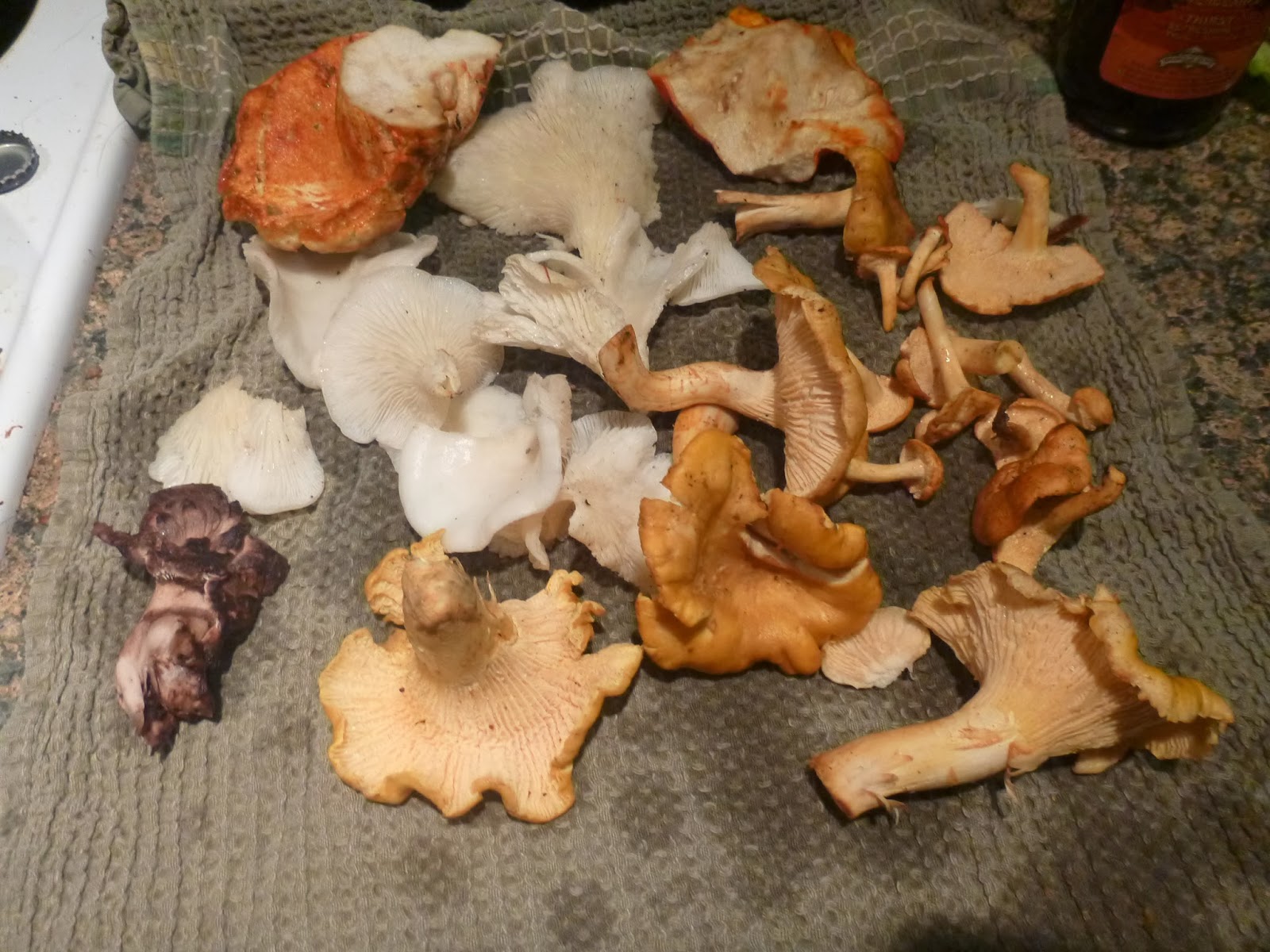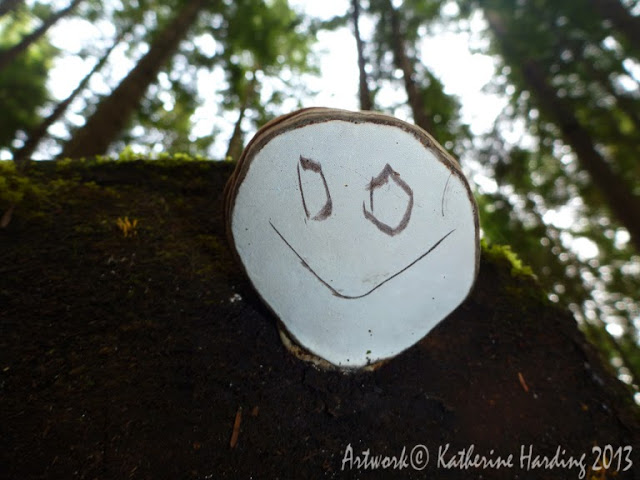Well, I was feeling a little sad, the chickweed I had growing in planter by my front door wilted with the recent frost and snow. I figured I was gonna just have to go without wild greens for a month or two until spring kicked into gear.
Then when I was out for a jog with my dog I found a patch of miners lettuce (Claytonia perfoliata)! while I had no camera with me to snap a picture, I did happen to have a dog poop bag. the poop bag became a foraging bag (don't worry it was clean) and I grabbed myself a handful or two!
As you can see it isn't in flower yet, so you don't see those classic lily pad leave, they are just in their basal rosette form. You can recognize miner's lettuce when not in flower by the basal rosette growth form (leaves spreading out from a central point), the almost succulent juicy quality of the leaves, the rounded diamond shape of the leaves, the light almost lime green colour and the stems are usually fading from green to white and then to a pinkish-red.
For those that aren't familier, here is a miners lettuce in bloom:
That was taken late april this year. The species name of miner's lettuce; perfoliata roughly translates to mean perforates through the leaf, like the stem does to the leaves on the flower stalks. Although this isn't entirely true as the lilypad leaf is actually two leaves fused together. But that does make a nice trick for remembering the name :)
Anyway, I think I am gonna go make myself a little salad, I'll get back into mushrooms next time.
Happy Hunting
- Katy
Then when I was out for a jog with my dog I found a patch of miners lettuce (Claytonia perfoliata)! while I had no camera with me to snap a picture, I did happen to have a dog poop bag. the poop bag became a foraging bag (don't worry it was clean) and I grabbed myself a handful or two!
As you can see it isn't in flower yet, so you don't see those classic lily pad leave, they are just in their basal rosette form. You can recognize miner's lettuce when not in flower by the basal rosette growth form (leaves spreading out from a central point), the almost succulent juicy quality of the leaves, the rounded diamond shape of the leaves, the light almost lime green colour and the stems are usually fading from green to white and then to a pinkish-red.
For those that aren't familier, here is a miners lettuce in bloom:
That was taken late april this year. The species name of miner's lettuce; perfoliata roughly translates to mean perforates through the leaf, like the stem does to the leaves on the flower stalks. Although this isn't entirely true as the lilypad leaf is actually two leaves fused together. But that does make a nice trick for remembering the name :)
Anyway, I think I am gonna go make myself a little salad, I'll get back into mushrooms next time.
Happy Hunting
- Katy

























































